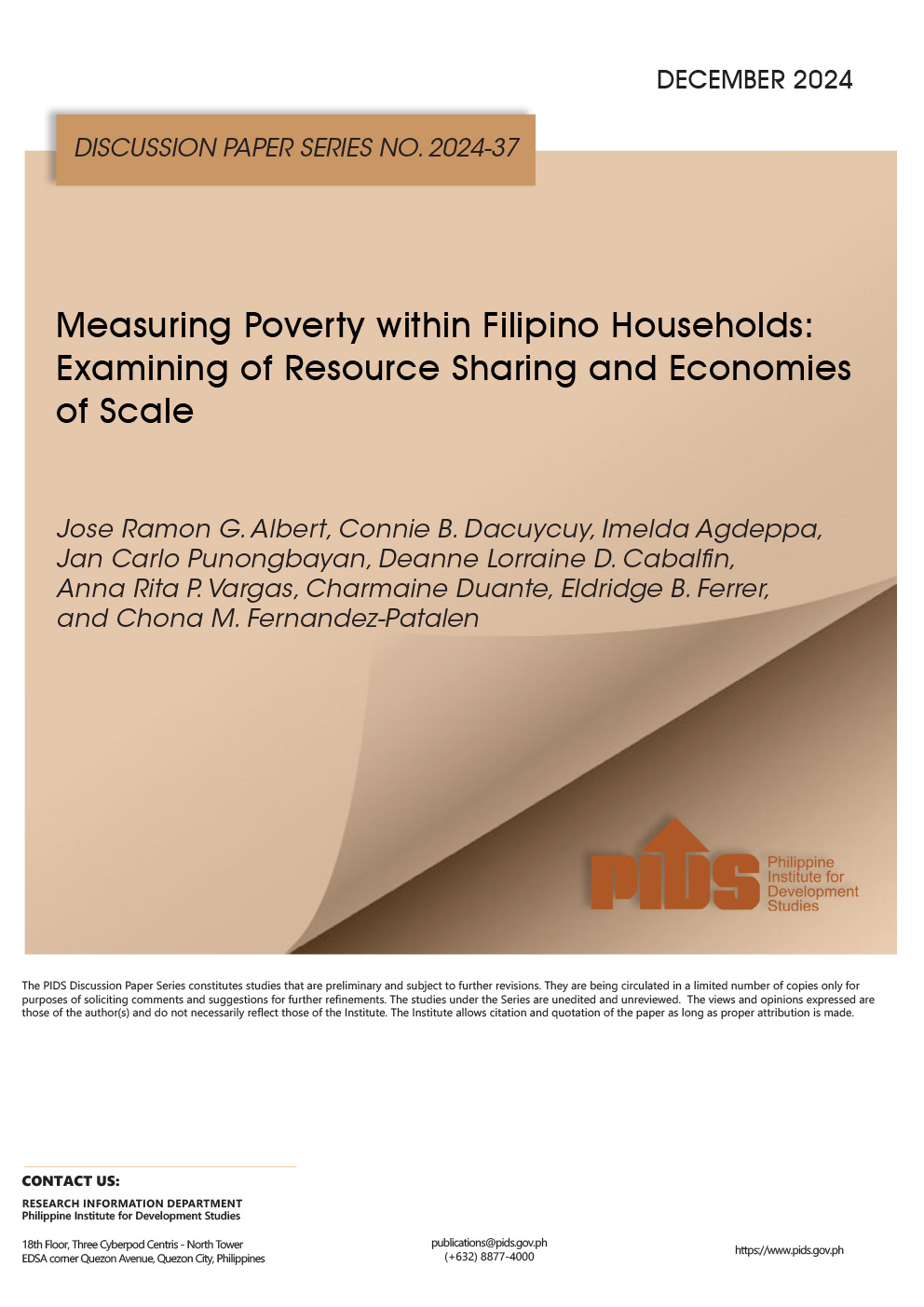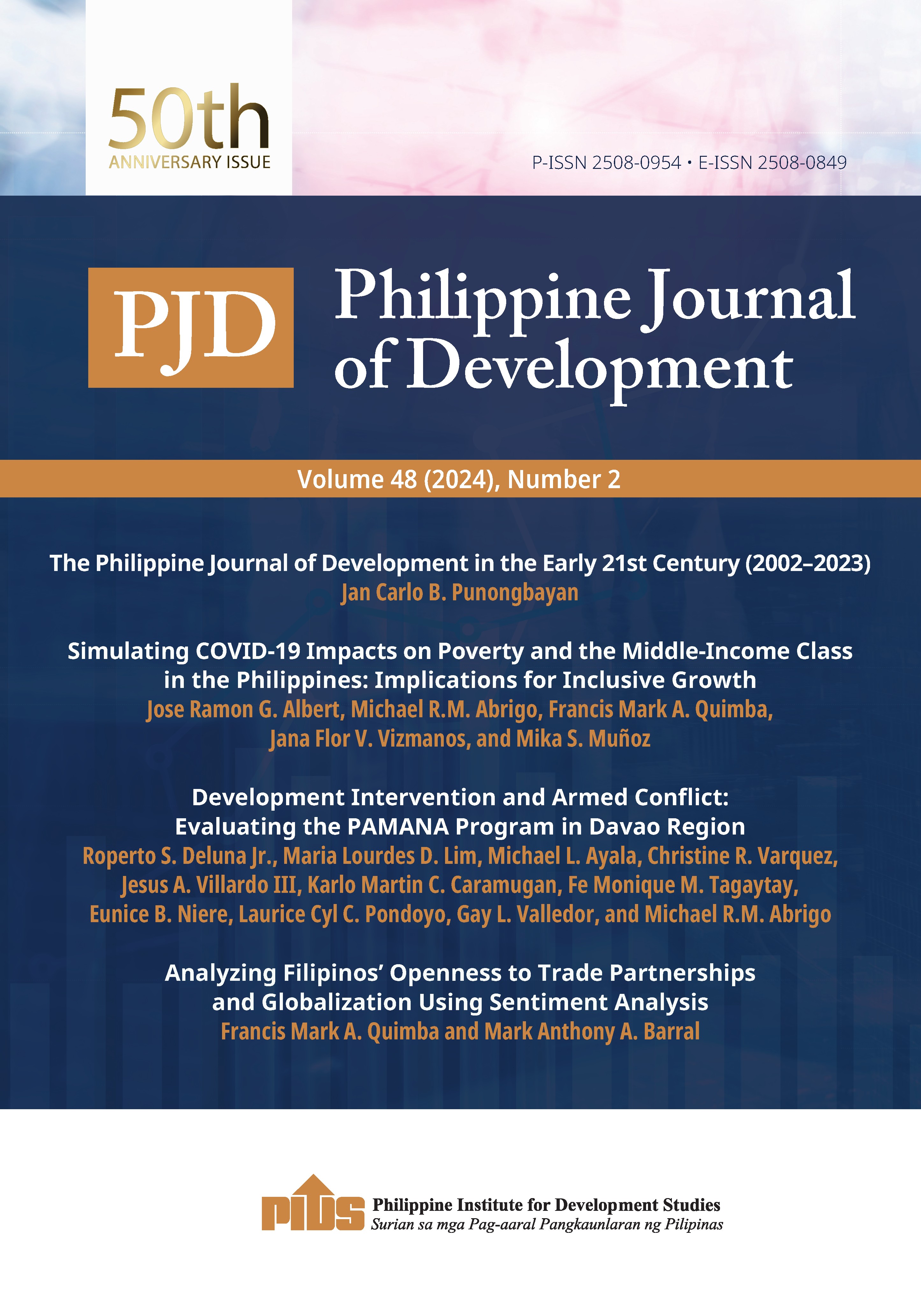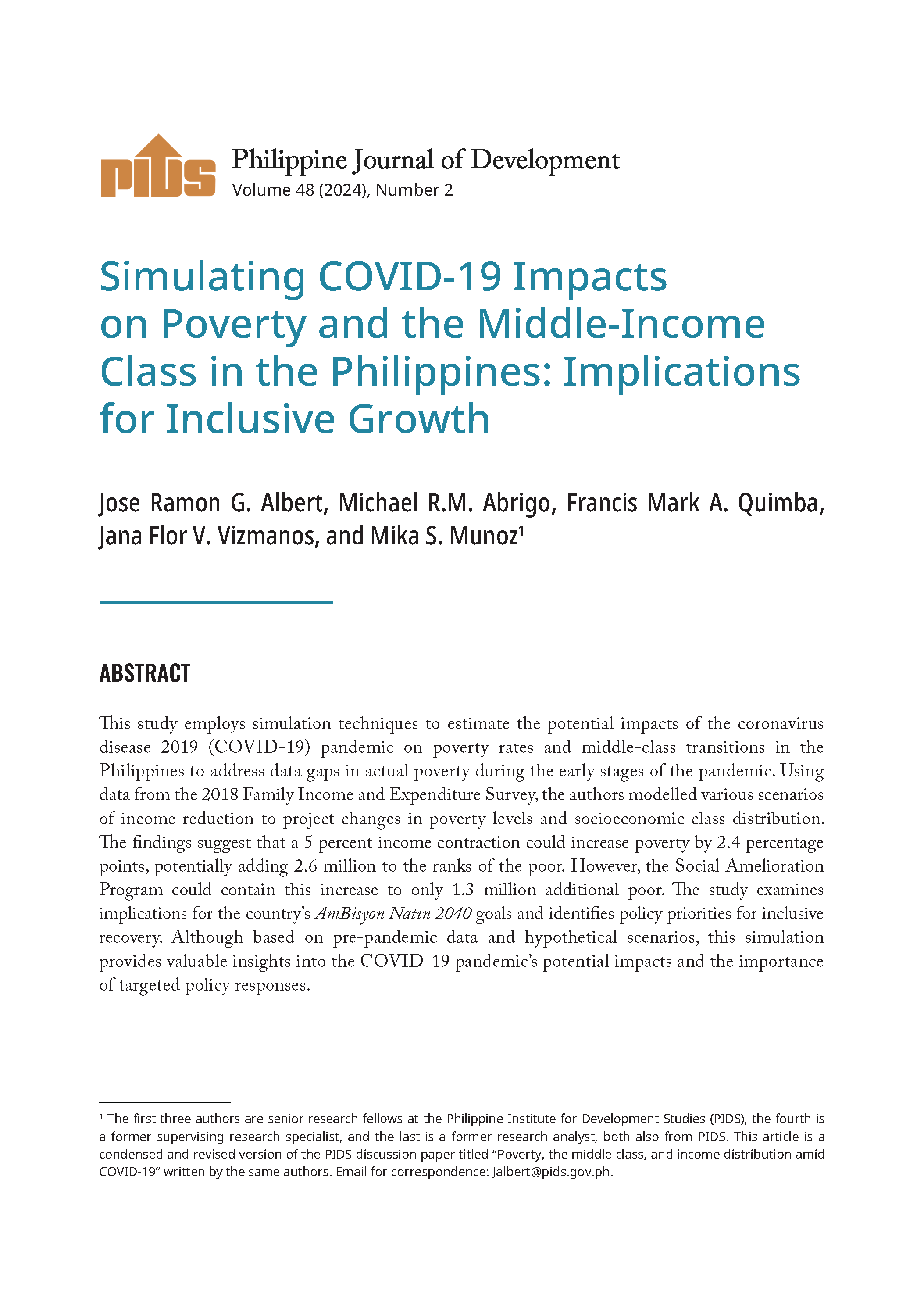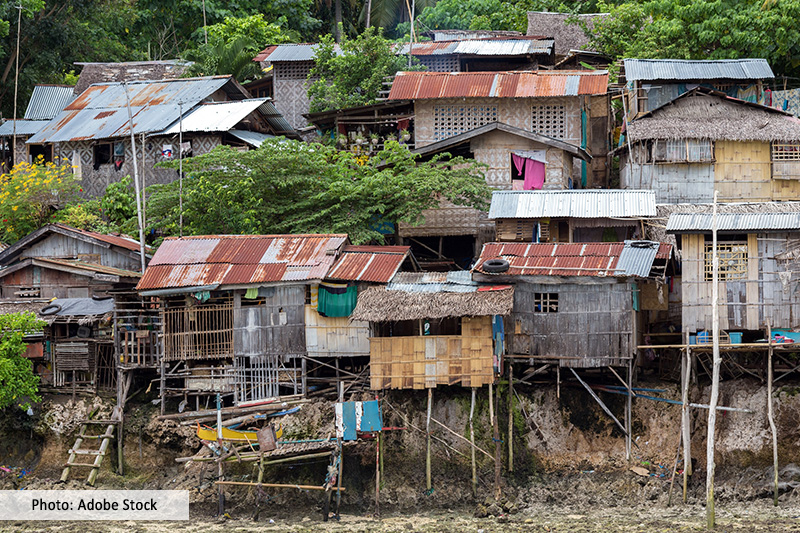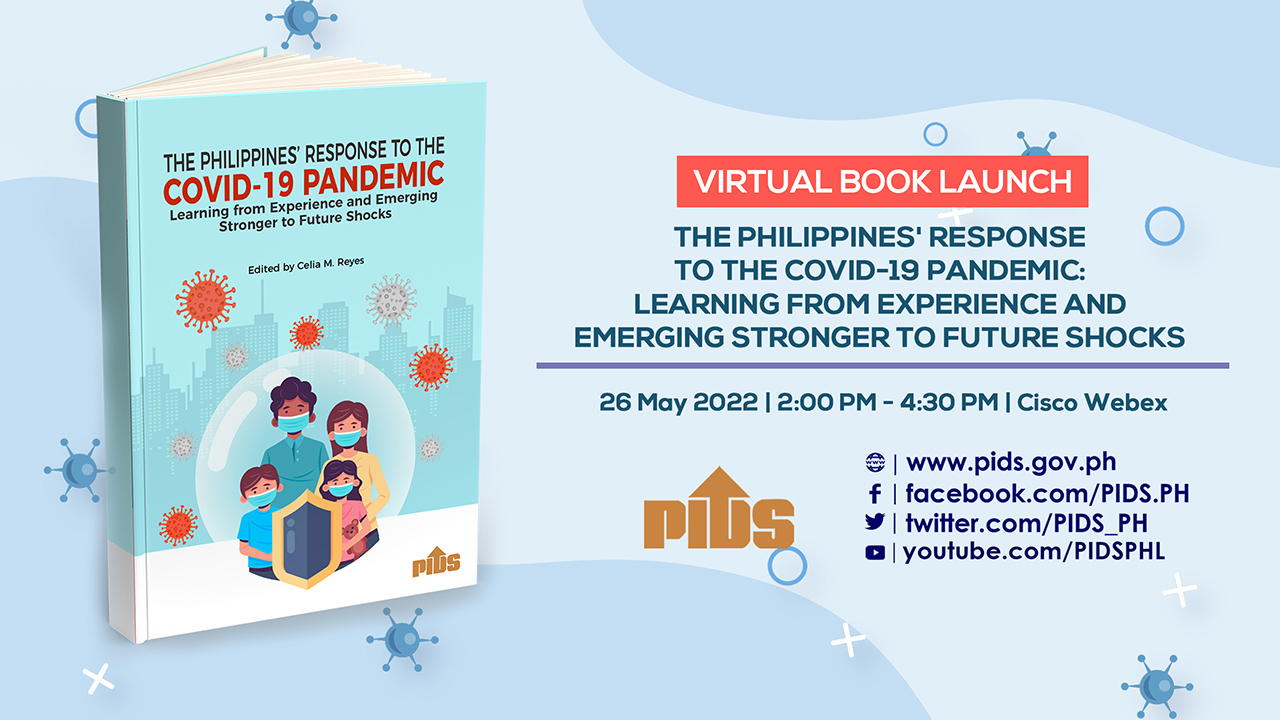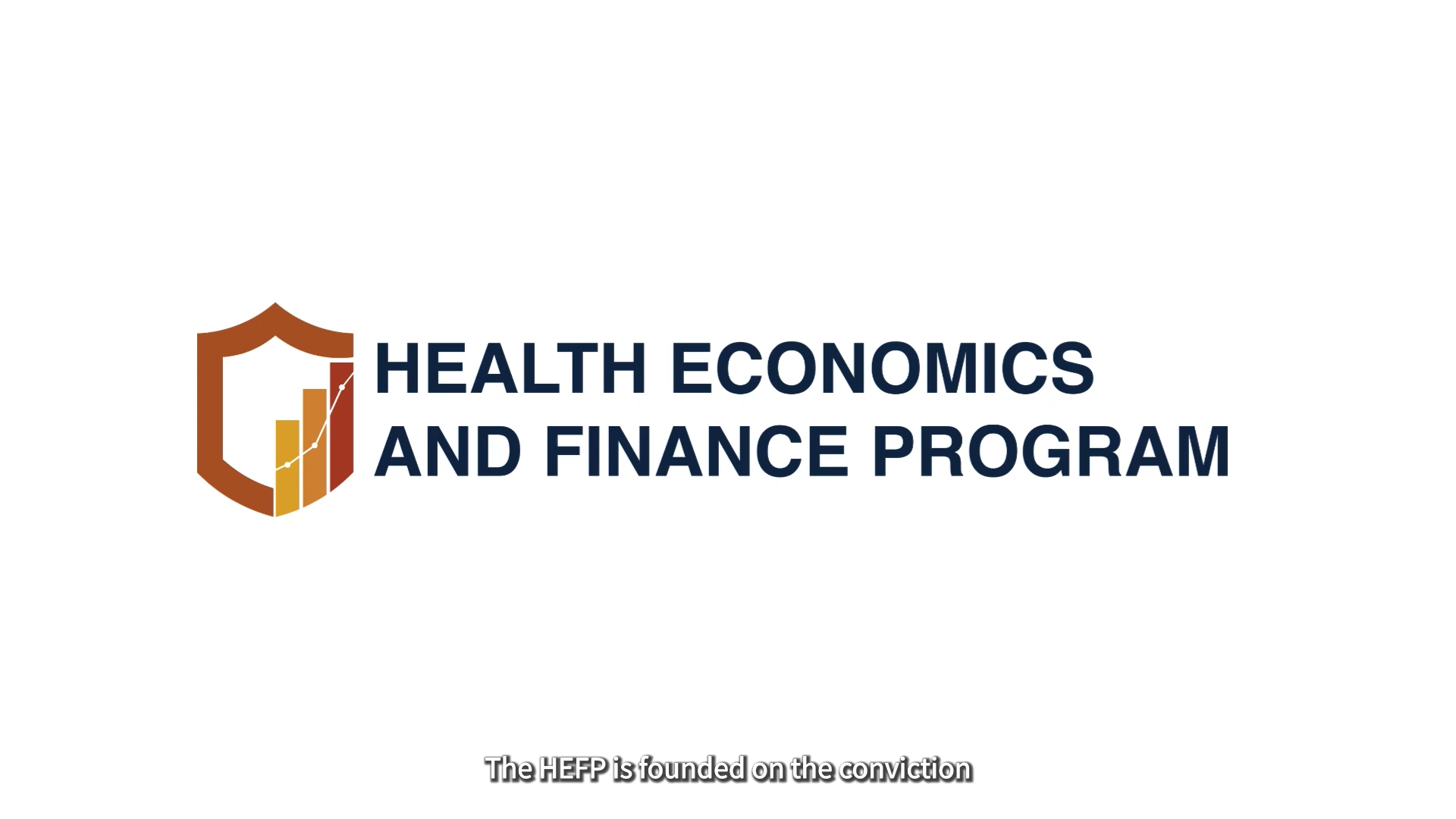The Pantawid Pamilyang Pilipino Program has been much maligned and dismissed as a “dole-out� program. Critics have focused on the fact that it provides cash grants directly to poor families, believing it would promote the culture of mendicancy and dependence. Others believe that the grants would just be wasted on vices (perhaps alcohol, cigarettes, even drugs) instead of human capital formation (education and health of the children). Stereotyping of the poor prevented society from providing meaningful support in the past by refusing to understand their situation. It turns out that both of these have been proven unfounded by rigorous program evaluations, showing no impact on work effort of beneficiaries nor on expenditure on vice goods. In addition, data show that the poor do respond correctly to incentives of highlighting the importance of investing in the human capital of their children even if returns from such investments are farther away than what usually is their immediate concern. Given the evidence, should we not let Pantawid Pamilya provide us a more nuanced view about the poor that is empirically based so that we can be more effective in assisting them?
Citations
This publication has been cited 9 times
- Försch, Steffen and Evert de Haan. 2018. . International Journal of Research in Marketing, 35, no. 4, 661-672. Elsevier.
- Quimbo, Stella. 2021. . Review of Development Economics, 25, No. 3, 1267-1292. Wiley Blackwell.
- Yap, O. Fiona. 2020. . The European Journal of Development Research, 32, No. 5, 1504-1534 . Palgrave Macmillan; European Association of Development Research and Training Institutes (EADI),.
- Valencia, Czerisa. 2017. . Philippine Star.
- Angela Celis. 2017. . Malaya.
- Cai Ordinario. 2017. . Business Mirror.
- Gideon Lasco . 2021. . Inquirer.net.
- Mayvelin U. Caraballo. 2017. . Business Mirror.
- Ordinario, Cai. 2017. . BusinessMirror.


